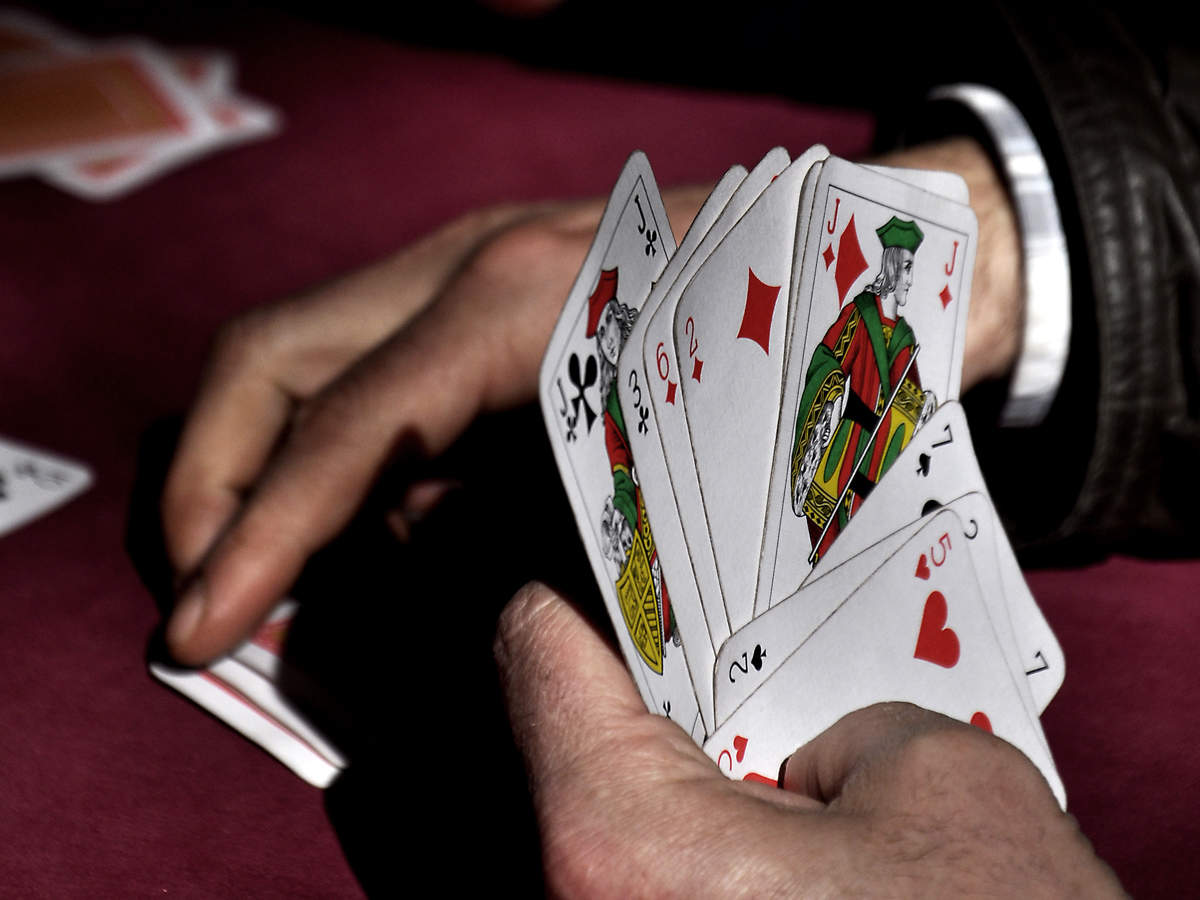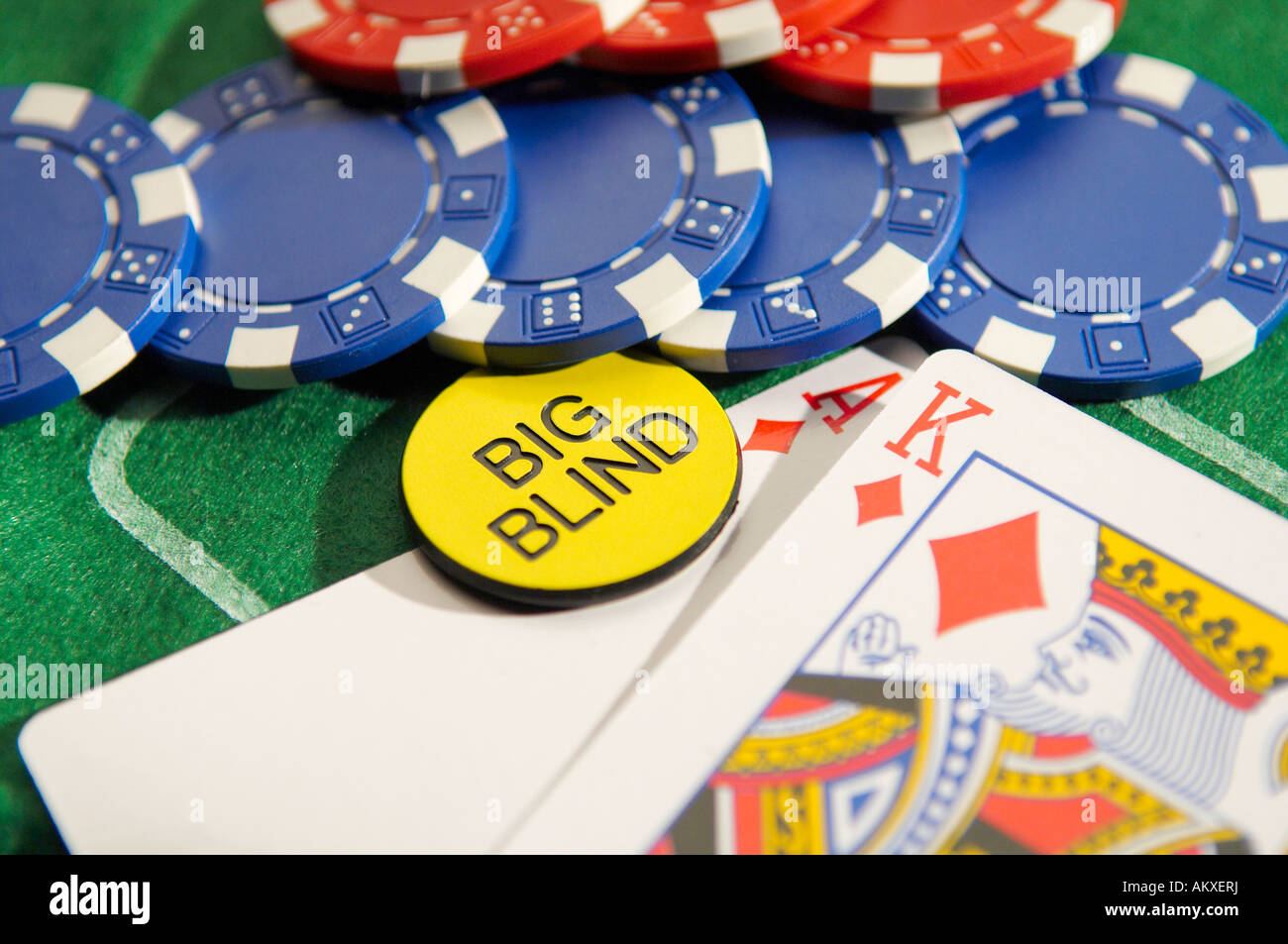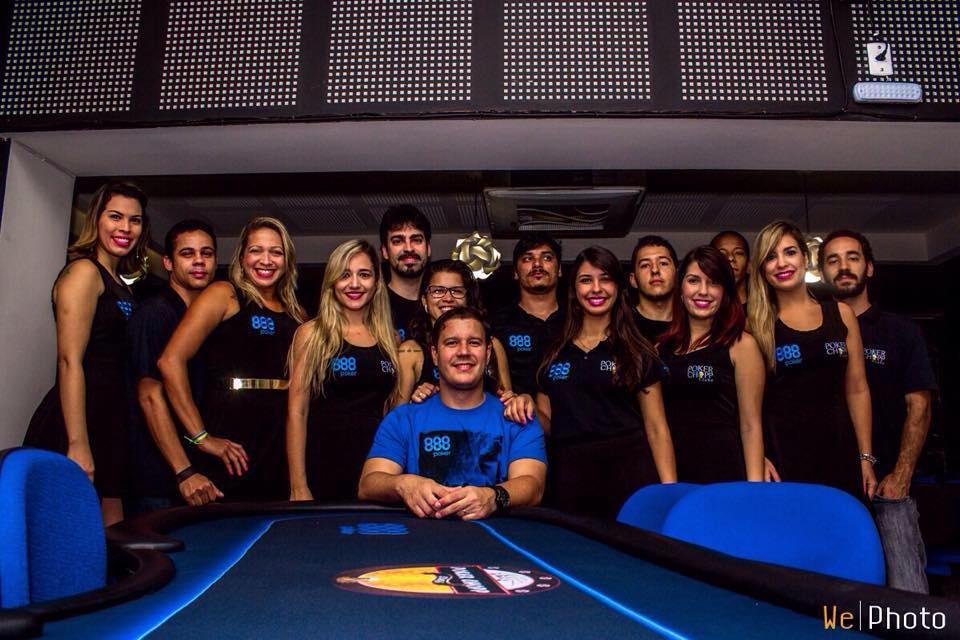Poker Salvador Bahia
GPI/THM INITIATIVES. Global Poker Index – GPI Global Poker Awards. The Hendon Mob Championship – THMC. Global Poker League. Billede fra Pokeria, Salvador: Pokeria - Se Tripadvisor-medlemmernes 52.958 personlige billeder og videoer af Pokeria.
- Salvador
- Timeline
- 2010 to date
- 2009
2010 to date


Circuito Ayrton Senna
1.693 miles / 2.724 km
Circuit Info
Address: Centro Administrativo da Bahia Salvador, Bahia, Brazil
PH: +55 71 3103 3103
Circuit type: Temporary street course
Website:http://www.stockcar.bahia.com.br
Circuit History
A race around the streets of the government area of capital of the Bahia state, Salvador's circuit has in recent years been named in honour of Ayrton Senna (a confusingly common occurrence among Brazilian circuits!).
Salvador was the first capital of colonial Brazil and its architecture and culture reflect its European and African heritage. A vibrant arts movement sees many festivals take place here, giving rise to the city's unofficial naming as Brazil's 'capital of happiness'. The largest city on the north-eastern coast and the third largest in Brazil, Salvador was a natural place for race organisers to target.
In 2009, the organisers of Brazil's wildly popular Stock Car series duly obliged, signing a contract with the city to host its first ever street race. Based around the curving roads of the 1970s administrative district (CAB), the circuit features as a backdrop Bahia's Legislative Assembly, Courts of Justice and Department of Tourism, not to mention the highly futuristic exhibition centre which appears to be balanced in mid-air like an incomplete suspension bridge.
The first trace took place on August 9, 2009, with Red Bull driver Caca Bueno becoming the first winner of a street race in Stock Car. According to estimates of the Military Police, more than 60 thousand people attended the race, with around 35,000 in the main grandstands. Overall the drivers were reasonably positive about the track layout but found overtaking challenging, so suggested a number of modifications to improve racing and safety.
For the second running in 2010, two chicanes were added – one immediately after the start/finish and another on the return loop. Rains greeted the drivers on race morning, leaving Caca Bueno to splash his way to a second successive victory. Crowds were again enormous, with up to 42,000 seated in the expanded grandstands. Successive years have followed the trend and the race is now the best-attended on the schedule.
The track was renamed 'Circuito Ayrton Senna' in 2010 and a monument to the great Brazilian, created by Bahian artist Bel Borba, was erected inside the course. In 2012, a new contract was signed by the Government, extending the race until at least 2018. Studies have show that the event has proved a boon to the local tourism industry, boosting hotel occupancy by around 15 per cent in what would otherwise be considered the low season.
Getting There
The Circuito Ayrton Senna is located in the administrative district (Centro Administrativo da Bahia or CAB) in Salvador in Bahia state, Brazil. The nearest airport is Deputado Luís Eduardo Magalhães International Airport, around 15 minutes drive to the north-east, which offers some international flights and connections to all of Brazil's other major airports.
The circuit can be found off the main Avenue Luis Viana, around a 20 minute drive from the centre of Salvador. It should be noted that there is no parking available at the circuit – some provision is made at the technical college and Wet 'n' Wild centres further along the road, but arriving by bus or taxi is generally to be recommended.
Get Directions
You might also like:
Share this page
Advertisement
Rate This Circuit
- 2.93
Advertisement
Advertisement
Poker Salvador Bahia Blanca
| Cathedral Basilica of Salvador | |
|---|---|
Façade of the Cathedral of Salvador, Bahia, Brazil, formerly a Jesuit church. | |
| Religion | |
| Affiliation | Catholic |
| Rite | Roman Rite |
| Location | |
| Municipality | Salvador |
| State | Bahia |
| Country | Brazil |
Location of the Catedral Basílica de Salvador | |
| Geographic coordinates | 12°58′22″S38°30′37″W / 12.972897°S 38.510330°WCoordinates: 12°58′22″S38°30′37″W / 12.972897°S 38.510330°W |
| Direction of façade | Northwest |
| Designated | 1938 |
| Reference no. | 84 |
The Cathedral Basilica of Salvador (Catedral Basílica de Salvador), officially dedicated to the Transfiguration of Christ and named Primatial Cathedral Basilica of the Transfiguration of the Lord is the seat of the Archbishop of the city of Salvador, in the State of Bahia, in Brazil. The Archbishop of Salvador is also ex officioPrimate of Brazil. The structure was built by the Society of Jesus as part of a large Jesuit monastic and educational complex. The current church is the built on the site, and was consecrated in 1654. After the expulsion of the Jesuits from Brazil in 1759 the school and church were transferred to the Archbishopric of Bahia. Archbishop Augusto Álvaro da Silva ordered the demolition of the existing cathedral of Salvador in 1933 to construct a tram line, and elevated the existing Jesuit structure to the status of basilica.
The cathedral is considered one of the finest examples of Mannerism in the Portuguese empire and strongly resembles the Jesuit Church of Coimbra. The façade and other elements of the structure utiltize Lioz stone from Portugal. The interior of the cathedral has a large nave, elaborate baroque-style side altars, a sacristy, library, and ossuary.
Poker Salvador Bahia Beach Resort
The Cathedral Basilica of Salvador faces a broad plaza, the Terreiro de Jesus; is flanked by the broad Praça da Sé to the south, and overlooks the Bay of All Saints to the rear. It is a focal point of the Historic Center of Salvador, a UNESCOWorld Heritage Site.[1]
History[edit]
The Jesuits arrived in the city in the 1549 and planned a Jesuit college under Father Manuel da Nóbrega (1517-1570). The Diocese of São Salvador da Bahia de Todos os Santos, the first in the Portuguese colony of Brazil, was created in 1551, only two years after the founding of Salvador by the Portuguese nobleman Tomé de Sousa. The first bishop, Pero Fernandes Sardinha, arrived in 1552, and a Jesuit college was established in 1564. The Colégio de Jesus (School of Jesus) was completed in 1585 through the financial support of the first governor-general of Bahia, Mem de Sá. Separately, a cathedral was built in the centre of Salvador around this time. Three Jesuit church buildings were erected on the site of the present-day cathedral, the final being destroyed during the Dutch occupation of Brazil.[2][3]
Dutch occupation[edit]
The Dutch, upon their entry into Salvador in 1624, stripped the interior of the Jesuit college of its silverwork and a relic reportedly used by St. Francis Xavier. The Dutch used the Jesuit chapel as a warehouse to store barrels of wine confiscated from the city. Salvador was reoccupied by the Portuguese in 1625, but the church, along with most buildings of the city, were heavily damaged and remained under siege by the Dutch until 1654.[2][3]
Reconstruction of Jesuit complex[edit]
The Jesuits gathered to build a fourth church, the present structure, in 1654. The cornerstone of the present structure was laid in 1657 at a grand ceremony and mass. It was attended by Governor-General Jerónimo de Ataíde, the Conde de Atouguia (1610-1665) and numerous government and military figures. The mass was celebrated by Father Simão de Vasconcelos. The structure was completed in 1672. Its frontispiece dates to 1679 and its steeples were completed in 1694. The images of Saint Ignatius, Saint Francis Xavier, and Saint Francis of Borja were placed on the frontispiece in 1746. Housing for three religious communities, the father, the Escolásticas, and the Brotherhood; a smaller chapel; a refectory and kitchen; a novitiate; and a small school were completed soon after the opening of the church. The religious community numbered approximately 150, as evidenced by the seating of the domestic chapel. The novitiate was moved to the lower city in 1728 to the present-day Casa Pia and College of the Orphans of Saint Joachim.[4][2]
Expulsion of the Jesuits[edit]
The Jesuit Order was expelled from Brazil by a Royal Letter dated August 28th, 1759. The college was besieged by soldiers and all its inhabitants, including priests, students, and brothers, were detained on December 26, 1759. It was one of the final acts of governor Marcos de Noronha before the arrival of the new governor from Portugal, Antônio de Almeida Soares. Soares moved the entire community of Jesuits on January 7, 1760 into the domestic chapel of the college and sealed the doors and windows. The members of the community, now prisoners, were taken by armed soldiers to Novitiate of Jiquitaia in the lower city; other troops guarded the route to ward off observers. The community was held until April 18, 1760, when they boarded two boats. The Jesuits were taken to either dungeons in Lisbon or dispersed to pontifical territories in Italy. Their church was transferred to the Archbishopric in 1765 under Manuel de Santa Inês.[4][2]
20th century[edit]
The remains of the school of the Jesuits, north of the current structure, burned in 1905. The church became the only remnant of the Jesuit complex. The Jesuit school was replaced by the Medical School of Bahia, and a corridor was built to connect the school to the church. The Old Cathedral of Salvador, built in the late 16th century, was demolished in 1933 under Archbishop Augusto Álvaro da Silva (1876-1968) in order to construct a tram route in Salvador. The former Jesuit church became the cathedral of the city.[2][3]
Location[edit]

The Cathedral Basilica of Salvador is located on the edge of the bluff of the historic center of Salvador. It façade faces west and church doors open to the wide Terreiro de Jesus, a public square. The cathedral looks directly towards the Church of Saint Dominic at the opposite end of the square; the Medical School of Bahia and church Church of Saint Peter of the Clergymen to the north of the square; and 19th-century sobrados at the south of the square. The rear of the church faces the Bay of All Saints and the lower city. The cathedral is connected to the Medical School of Bahia by a corridor. The medical school dates to the early 20th century, and replaced the burned-out school of the Jesuits, once part of the church complex. The southern façade of the cathedral was connected to the Old Cathedral of Salvador until its demolition in 1933. The Praça da Sé, a broad square, was built after the demolition of the cathedral and the south façade of the Cathedral Basilica of Salvador, obscured for many centuries, looks onto the square.
Art and architecture[edit]
Façade[edit]
The Jesuits built the current church structure in the Mannerist style then fashionable in Portugal. The façade is very similar to contemporary Portuguese churches like the Jesuit Church of Coimbra. The façade is made in light Lioz stone brought from Portugal, a feature also found in the Basilica of the Immaculate Conception in the lower city of Salvador. The facade is flanked by two short bell towers. It has three portals with statues of Jesuit saints, Ignatius of Loyola, Francis Xavier and Francis Borgia. The gable on the upper storey of the façade is flanked by typical Mannerist volutes.[2]
Interior[edit]
Inside, the cathedral is a one-aisled church of rectangular shape, without transept and with a very shallow main chapel. The interior of the church, similar to its frontispiece, is lined with lioz stone from Portugal. The side walls of the church have a series of lateral chapels decorated with altarpieces. This floorplan scheme is based on the Church of São Roque in Lisbon, the Jesuit church of the Portuguese capital, built a century earlier. The nave of the church has a deep central altar, two lateral chapels, two chapels at the transept, and three chapels at each side of the nave. The chapels were constructed at different times and reflect numerous architectural periods and styles.[2]
The chapels of the cathedral offer an interesting showcase of altarpiece art from the late 16th through the mid-18th centuries, all decorated with sculptures and paintings. Very rare are two 16th century Renaissance altarpieces that belonged to the previous Jesuit church and were reused in the new building. The altarpiece of the main chapel is a fine example of 17th century Mannerist art. Other chapels have Baroque altarpieces from the mid-18th century. The barrel vault covering the nave of the church is decorated with wooden panels dating from the 18th century and displays the Jesuit emblem 'IHS'. The paintings at the base of the nave are in vivid colors with an Asian design. They were painted by Charles Belleville (1657-1730), a Jesuit who had lived in Macau for ten years prior to his arrival in Bahia.[5]

The façade and floorplan of the Jesuit church of Salvador influenced several other colonial churches in Northeast Brazil, including the São Francisco Church of Salvador. The tomb of Mem de Sá's, the first governor-general of Bahia, is located beneath high altar.[6]
Sacristy[edit]
The sacristy of the church dates to 1694 and faces west towards the Bay of All Saints. The sacristy is called 'Brazil's most exquisite'.[6] It was described in 1703 in the diary of an anonymous author as having 'walls, floors, and a ceiling of jacaranda wood with fine paintings; extraordinary furniture, cabinets and gilded closets; with true perfection of joinery.' The sacristy now has three altars and is richly decorated with Baroque-style furniture.[4][2]
The sacristy cabinet dates to the 17th century and has paintings of the life of Jesus on copper panels with an altar at center. The walls are covered in 17th-century Portuguese azulejos. The coffered ceiling of the sacristy has wooden panels painted with Mannerist motifs and portraits of noted members of the Jesuit order.[4][2]
Poker Em Salvador Bahia
Protected status[edit]
The Cathedral of Salvador was listed as a historic structure by the National Institute of Historic and Artistic Heritage in 1938. The structure was registered under the Book of Historical Works, Inscription 77 and Book of Fine Arts, fls. 14. The directive is dated May 25, 1938.[7][3]
Access[edit]
The cathedral is open to the public and may be visited.
References[edit]
- ^'Historic Centre of Salvador de Bahia', World Heritage List, Paris: UNESCO.
- ^ abcdefghiFlexor, Maria Helena Ochi (2011). Igrejas e conventos da Bahia. 2. Brasília, Brazil: Instituto do Patrimônio Histórico e Artístico Nacional. pp. 11–36. ISBN9788573341744.
- ^ abcd'Catedral Basílica de Salvador (Salvador, BA)' (in Portuguese). National Institute of Historic and Artistic Heritage. 2019. Retrieved 2019-04-25.
- ^ abcdBresciani, Carlos (2009). 'Os edifícios do Colégio dos Jesuítas em Salvador/Bahia ao longo dos anos 1549 a 1760'(PDF). Revista do Instituto Geográfico e Histórico da Bahia. 104: 269-.
- ^Silva, Zenaide Carvalho (2008). O lioz português: de lastro de navio a arte na Bahia. Rio de Janeiro, Brasil Porto, Portugal: Versal Editores Edições Afrontamento. ISBN9788589309172.
- ^ abVilaron, André (2007). Igrejas históricas de Salvador = Historical churches in Salvador. Brasília, Brazil: Ministério das Relações Exteriores, Governo Federal. pp. 51–62. ISBN9788560123001.
- ^Carrazzoni, Maria, ed. (1980). Guia dos bens tombados (in Portuguese). Rio de Janeiro, RJ: EXPED-Expansão Editorial. p. 54. ISBN9788520800577.
- da Silva Telles, Augusto Carlos: Atlas dos Monumentos Históricos e Artísticos do Brasil. MEC/SEAC/FENAME, 1980.
External links[edit]

| Wikimedia Commons has media related to Cathedral-Basilica of Salvador. |
Poker Salvador Bahia Hotel
- The Cathedral on the official touristi website of Salvador[permanent dead link]